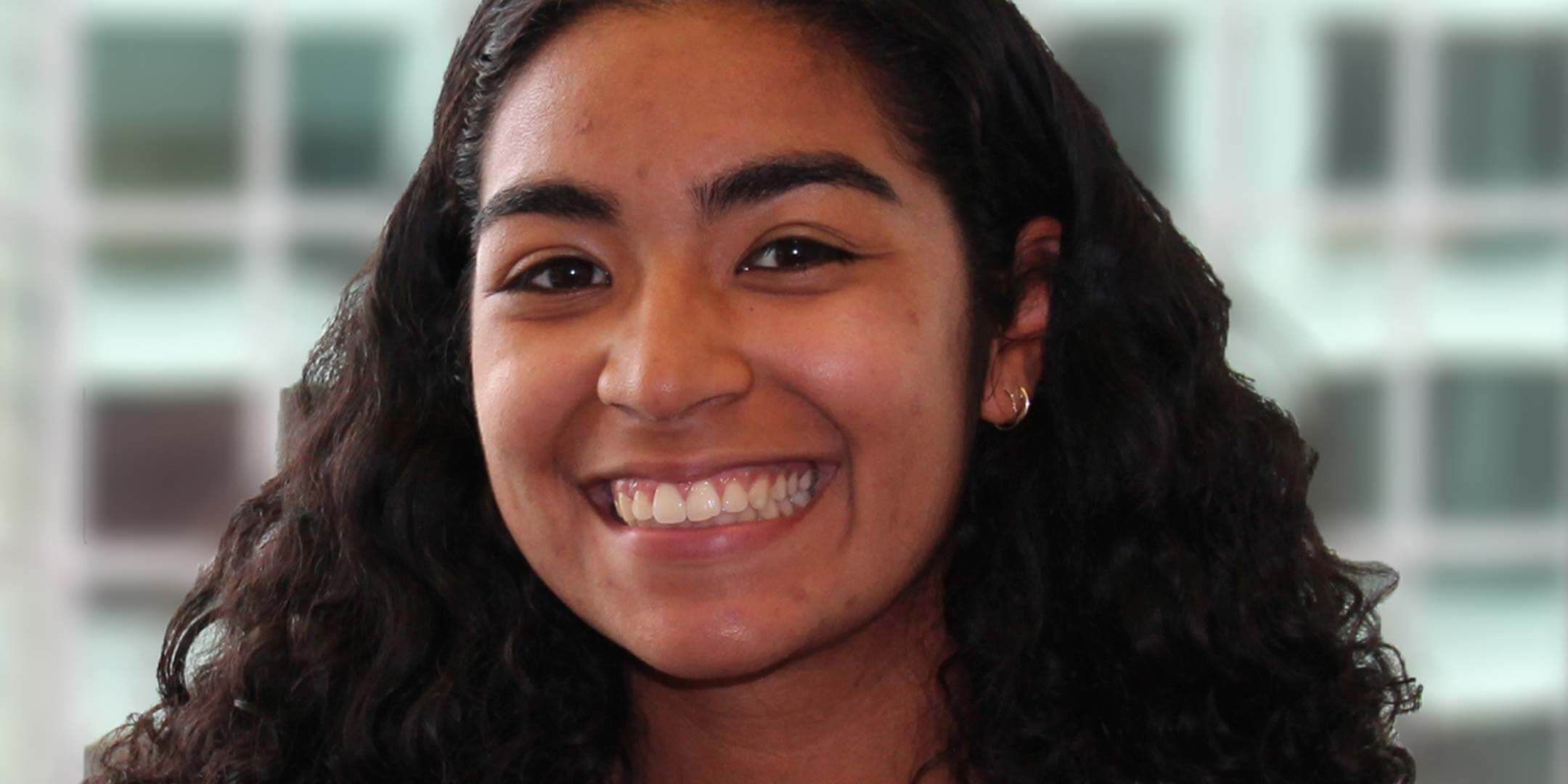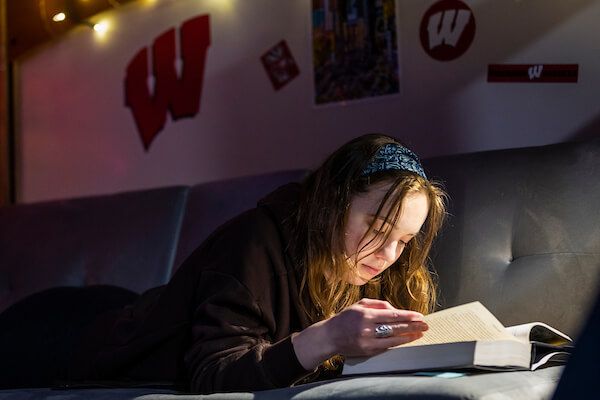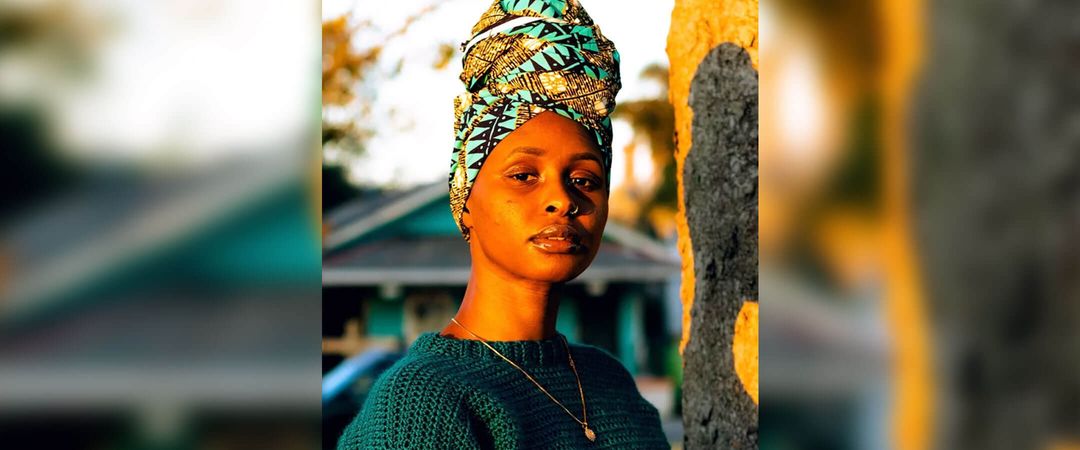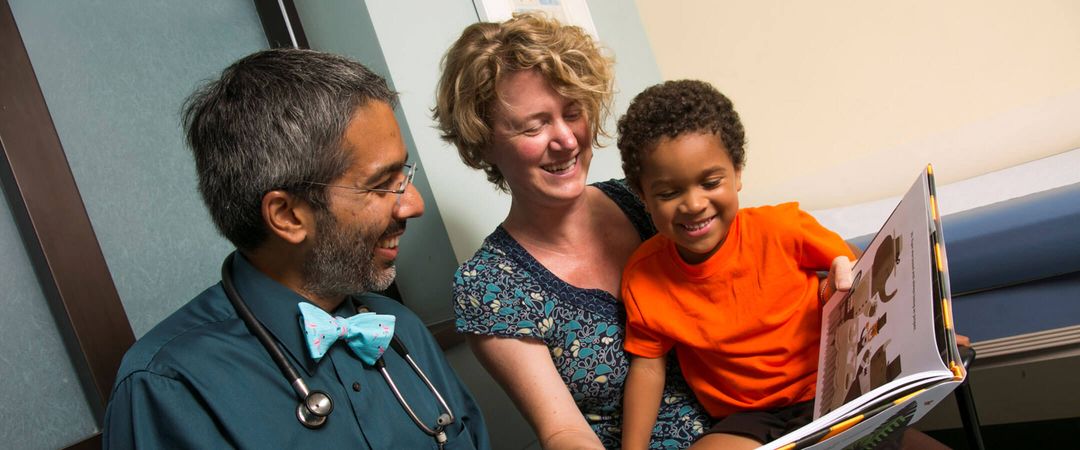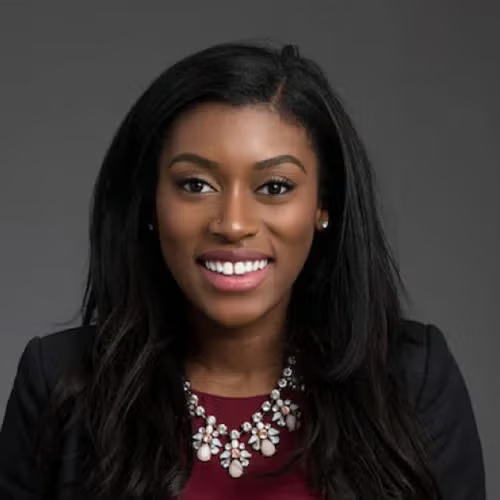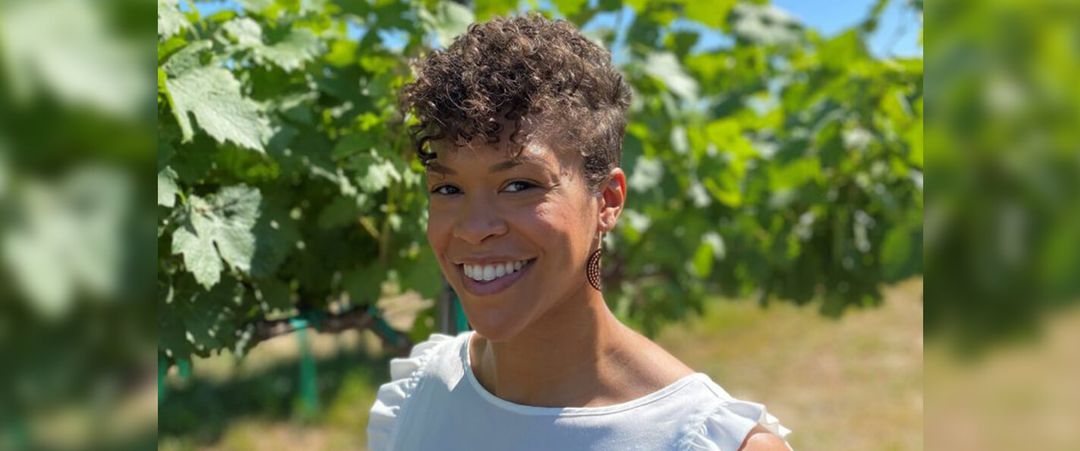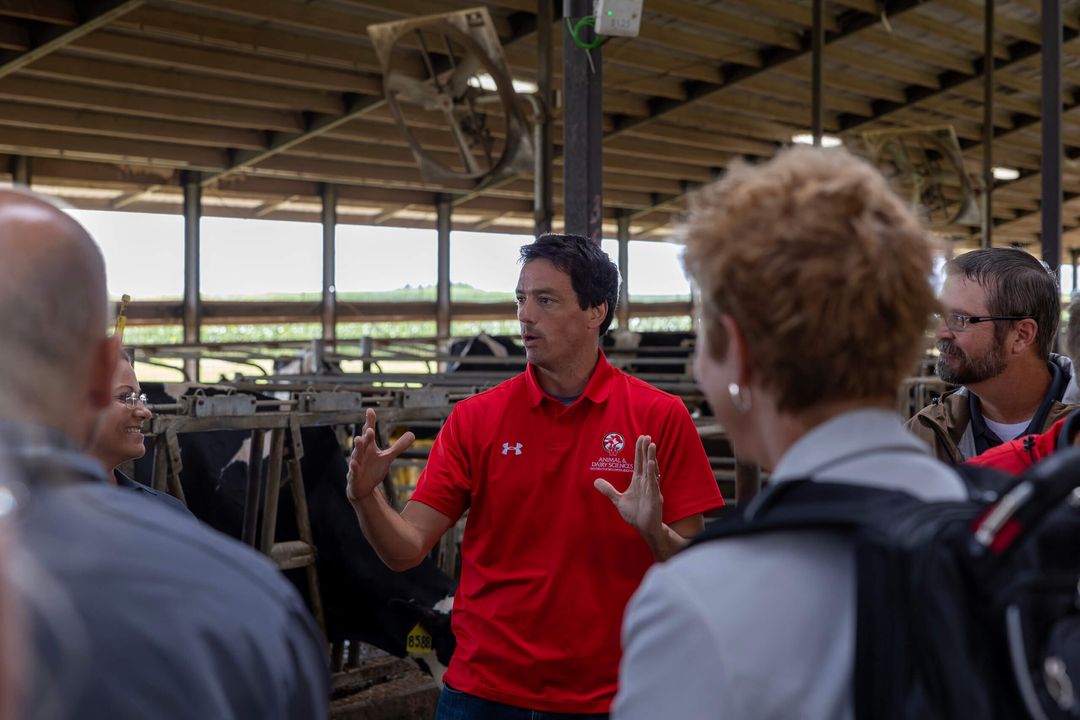Civil engineer Dalila Ricci is just as good at building community as she is at constructing buildings. By the time she graduated from UW–Madison, Ricci had served as the associate director of marketing for the Wisconsin Union Directorate’s global connections committee, vice president of internal affairs for the Society of Hispanic Professional Engineering, and senior class events director. And if that’s not enough to make your concrete mixer spin, she was also a Leaders of Engineering Excellence and Diversity scholar, a calculus tutor, and the 2020 recipient of the Alliant Energy Foundation Erroll B. Davis Jr. Academic Achievement Award.
Even as a project engineer working for Gilbane Building Company in New York City, Ricci hasn’t given up her extracurriculars. Instead, she’s sought out every opportunity to further develop as a leader and young professional. Read more about how Ricci has taken her love of STEM into the workforce and why she’s passionate about paving a similar path for women like her.
What drew you to the UW?
I was pretty interested in engineering and STEM throughout high school. The summer of my junior year of high school, I decided to apply to a bunch of different summer programs for high school students who were interested in [STEM]. I applied to maybe 10 schools irrespective of location in the U.S. And of those 10, [the] UW gave me a really good package. The program is called the Engineering Summer Program. For six weeks, I would live on campus. I would get a lot of exposure to college coursework and things I wanted to figure out before I applied to college the next year. I went not really knowing what to expect. [It was] literally my first time flying on my own and living on my own. And at first, it was overwhelming. But over the course of six weeks, I really started to see the UW in general for all the opportunities that a large school would provide for me. It was that experience of doing that summer program — and the Chancellor’s Scholarship when I did apply to the UW — that together made it the best combo for me to be able to pursue engineering and all the extracurriculars and different kinds of environments that I wanted to experience in college. And that’s what I got.
How did you land on a career in civil engineering?
It’s not something that I knew I wanted to do even after I did that summer program. Actually, when I did that program, I applied to material science programs. I liked the idea of building something, and the fact that materials themselves are everywhere. You have impact and application on so many different types of projects. But then it wasn’t until my second year of college that I took more material science courses, and I realized the application wasn’t exactly what I wanted. I wanted more of an immediate impact and on a larger scale. And more interpersonal communication in the day-to-day. I found the track for construction management, which I researched, and, in my mind, what it meant was more interpersonal contact and a larger impact. You build a building. Yeah, that could take a long time, but it happens, and you can see it happening as you work on it.
Why do you think some women and people of color are sometimes deterred from careers in STEM?
It’s easier to see yourself in a position if you see other people like you in a position like that. Especially in a field like mine — construction management — which has been a predominantly male and non-POC environment. Companies have started to take notice and have tried to implement changes. At [Gilbane Building Company], they’re very aware and actively trying to find ways to get people of color involved and asking us: What deters people? What do they need? A lot of it comes down to mentorship. Sometimes, it’s a little bit difficult as both a woman and a person of color — and being a young person starting a new career. All those things together — you already feel a bit apprehensive as a new person, not knowing as much as your counterparts, or people that you speak to who have been in the business longer than you’ve been alive.
Why is it important to increase the diversity of voices and experiences in STEM fields?
[I] look more like the construction workers than any of their management. I work in a very Hispanic environment, and I speak Spanish. Even though I don’t have all this experience, that’s where I have to provide value in communicating with other management’s workers, because that affects me in my job. I think that’s something to highlight and something that people maybe feel they aren’t valued for as much when they start these careers. There is a lot of value in being a woman and having a perspective in that way. And being a person of color and having that kind of perspective is hard to sell to people — to let them know, “Hey, this is something that we need,” because it’s not something that comes to mind.
Have you found organizations and communities of support to help with the transition from student to young professional?
That’s actually something I sought out when I was applying for jobs. In my senior year, I looked at all of my options, and I was like, “I want to be as involved as I am at the UW.” If I had five questions I needed to ask prospective employers, that was one of them. I wanted to know what they were doing and how they were focusing on their employees and supporting them in this way. I ended up at Gilbane Building Company, and they have employee resource groups. They’re focused on affinity or different identities that you may resonate with. I’m involved in a few. There’s one for young professionals. There’s one for just women, and then there’s one for Hispanic professionals as well. So, that’s a lot of different ways that I could get involved, and that’s what I’ve sought to do. This coming year, I’m going to be leading the New York chapter of [Gilbane’s] Hispanic employee resource group and pushing that forward.
